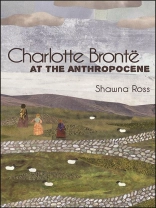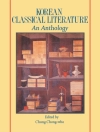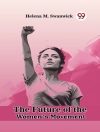Honorable Mention, 2020 Sonya Rudikoff Award presented by the Northeast Victorian Studies Association
In this book, Shawna Ross argues that Charlotte Brontë was an attentive witness of the Anthropocene and created one of the first literary ecosystems animated by human-caused environmental change. Brontë combined her personal experiences, scientific knowledge, and narrative skills to document environmental change in her representations of moorlands, valleys, villages, and towns, and the processes that disrupted them, including extinction, deforestation, industrialization, and urbanization. Juxtaposing close readings of Brontë’s fiction with Victorian and contemporary science writing, as well as with the writings of Brontë’s family members, Ross reveals the importance of storytelling for understanding how human behaviors contribute to environmental instability and why we resist changing our destructive habits. Ultimately, Brontë’s lifelong engagement with the nonhuman world offers five powerful strategies for coping with ecological crises: to witness destruction carefully, to write about it unflinchingly, to apply those experiences by questioning and redefining toxic definitions of the human, and to mourn the dead, all without forgetting to tend the living.
Spis treści
Acknowledgments
Introduction: Anthropocene Fictions at the Scale of a Lifetime
1. Bog Burst at the Dawn of the Anthropocene: Observing the Moors under Crisis
2. Three Days on the Moors with Jane Eyre: Defining
Anthropos
3.
Shirley’s Tale of Valley, Factory, and Lioness: Gathering Multispecies Romances of Ecological Degradation
4. Provisional Survivors in Postnatural
Villette: Learning to Love the Storm
Conclusion: Climates for Mourning, Editing, and Scholarship
Notes
Works Cited
Index
O autorze
Shawna Ross is Assistant Professor of English at Texas A&M University. She is the author and editor of several books, including
Humans at Work in the Digital Age: Forms of Digital Textual Labor.












